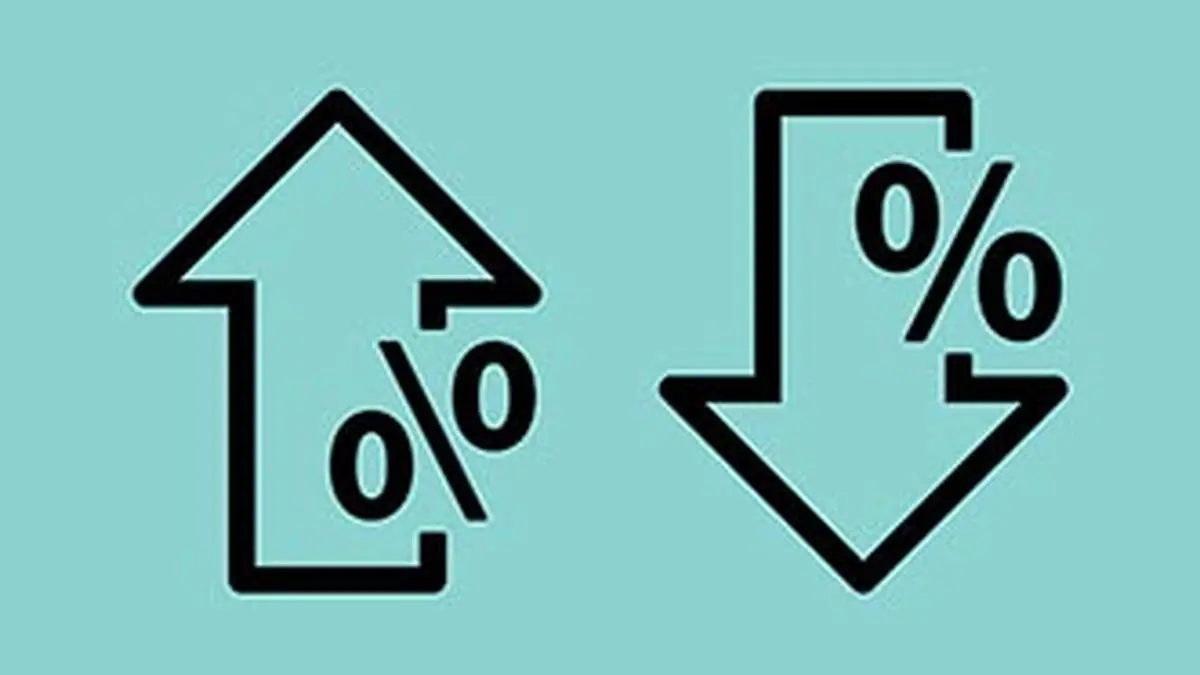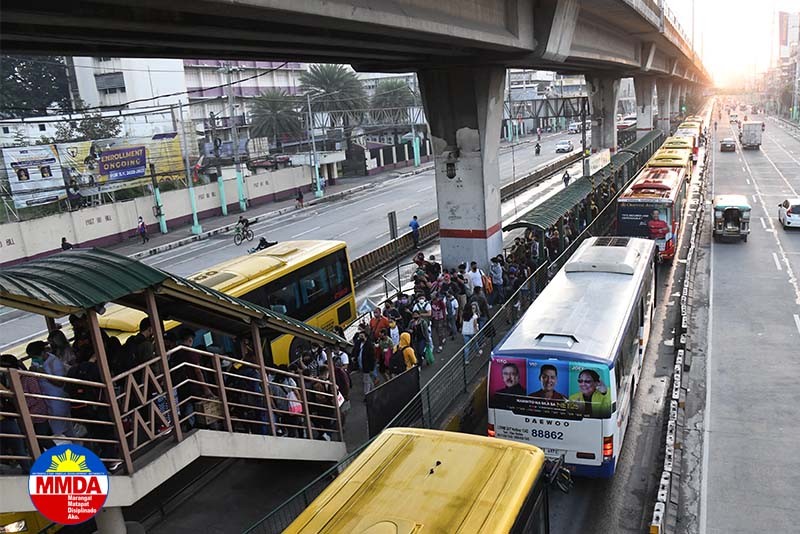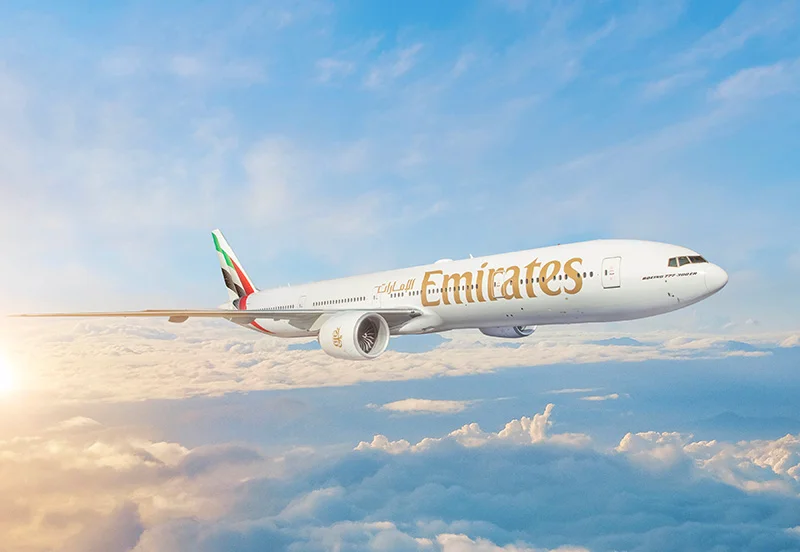
The credit ratio (the number of rating upgrades to number of downgrades) declined for Crisil Ratings and ICRA in the second half (H2) of FY25 vis-à-vis first half (H1) even as it strengthened for CareEdge Ratings. Crisil Ratings’ credit ratio declined a tad in the second half (H2) of FY25 to 2.64 times against 2.
75 times in the first half. In all, there were 423 upgrades and 160 downgrades during the period. The agency’s reaffirmation rate rose to 83 per cent from 80 per cent, surpassing the 10-year average of 82.

5 per cent for the first time since fiscal 2022. It underscored that the increase indicates greater stability in the credit quality outlook of India Inc. “The upgrade rate moderated to 12.
2 per cent from 14.5 per cent but was still above the 10-year average of 11 per cent. Upgrades were driven by infrastructure and related sectors, such as construction and engineering, capital goods, and secondary steel.
“The downgrade rate fell to 4.6 per cent from 5.3 per cent, below the 10-year average of 6.
4 per cent. Downgrades were seen in the export-linked sectors, such as specialty chemicals, cotton spinning, and home furnishing, due to global headwinds,” per the agency’s H2 rating round-up. Banks’ loans to grow at 12-13% in FY26: Rating agencies RBI to conduct 4 open market operation purchase auctions of G-Secs of ₹20,000 cr each in April Crisil Ratings’ credit quality outlook for India Inc remains positive with upgrades expected to outnumber downgrades in fiscal 2026 even as it expects the reaffirmation rate to remain range-bound at current levels.
Subodh Rai, Managing Director, Crisil Ratings, said Corporate India would benefit from the urban consumption spur driven by budgetary tax cuts, easing inflation and expected reduction in interest rates. Further, steadfast spending on infrastructure will have a positive multiplier effect and support linked sectors. To boot, India Inc’s low capex intensity and balance sheet strength (median gearing estimated at 0.
5 time at the end of fiscal 2025) offer ample cushion against global shocks, he added. ICRA’s credit ratio declined in the second half (H2) of FY25 to 1.80 times against 2.
20 times in the first half. In all, there were 423 upgrades and 160 downgrades during the period. K.
Ravichandran, Executive Vice President & Chief Rating Officer, ICRA, said: “India Inc. has experienced an extended period of credit profile improvement, much of it due to strengthening balance sheets. Over the past decade, the aggregate operating profits of around 6,000 listed and unlisted entities analysed by us have grown at a CAGR of 12 per cent, while their total debt has increased by only 4 per cent.
“From a credit perspective, this enhanced the ability of corporate India to bear the cyclical challenges of recent periods posed by commodity price inflation, rising interest rates, and subdued demand.” Apart from this general trend, a notable trend in the power, road, and realty sectors has been the increase in the proportion of upgrades due to reduced project risk, sometimes alongside debt refinancing at lower borrowing costs. In FY2025, around 16 per cent of rating upgrades by ICRA were attributed to this factor, compared to the five-year average of 10 per cent.
CareEdge Ratings’ credit ratio, however, strengthened to 2.35 times in H2 FY25, with the manufacturing and services sector seeing a notable rebound, up from 1.62 times in H1 FY25.
During this period, there were 386 upgrades and 164 downgrades. The agency assessed that the uptick reflects improving business fundamentals, particularly among mid-sized, domestic-focused entities, even as global headwinds persist. Sachin Gupta, Executive Director and Chief Rating Officer, observed that despite global headwinds, the credit ratio for CareEdge Ratings’ portfolio strengthened in the second half of FY25—a testament to the resilience of India Inc.
However, the journey ahead is far from smooth. Comments.















